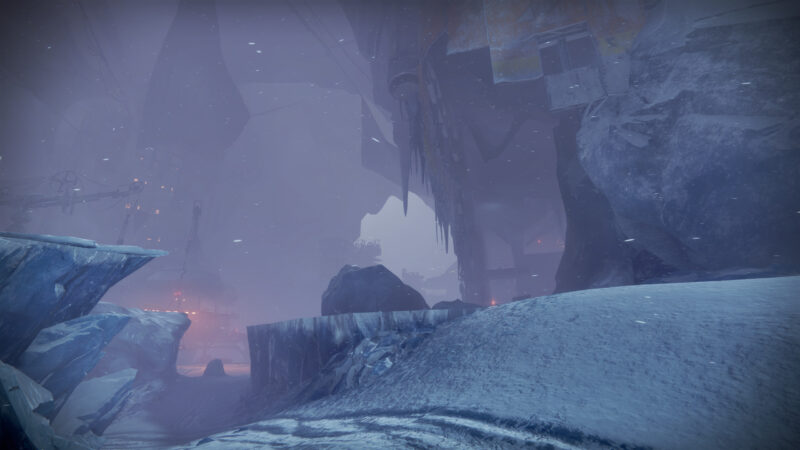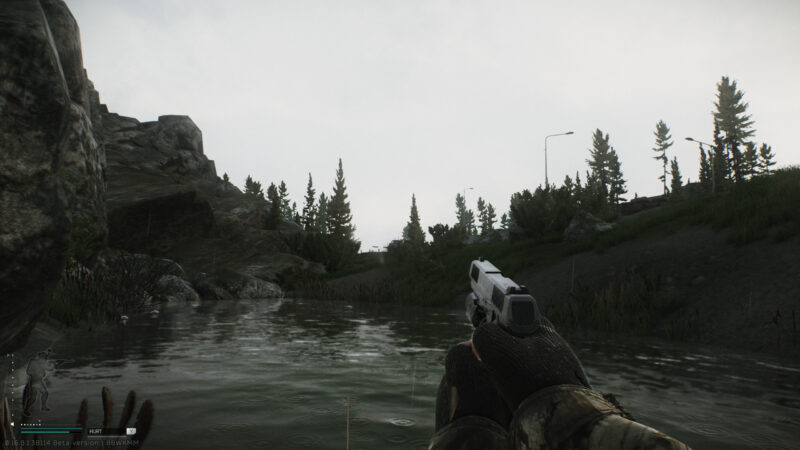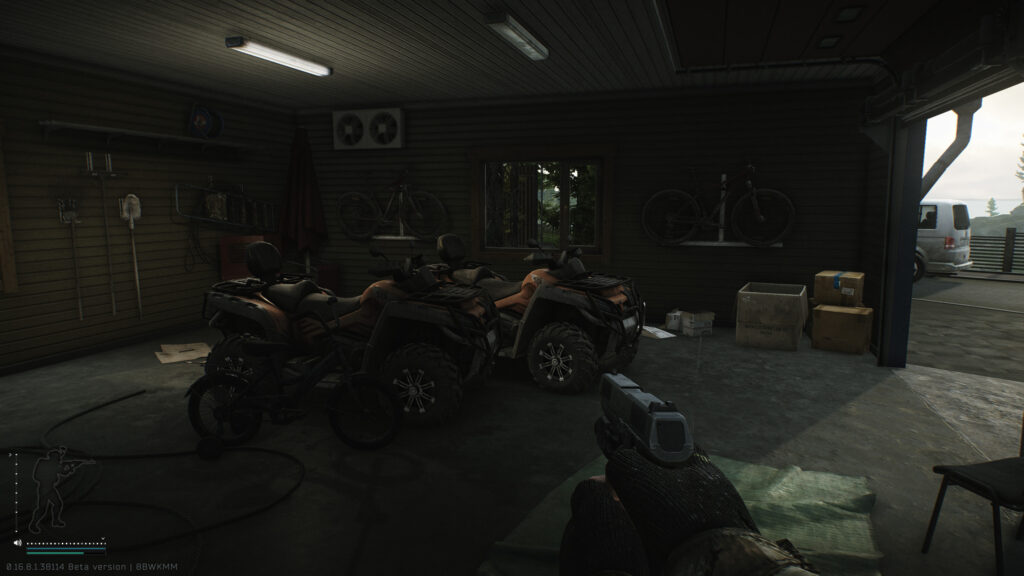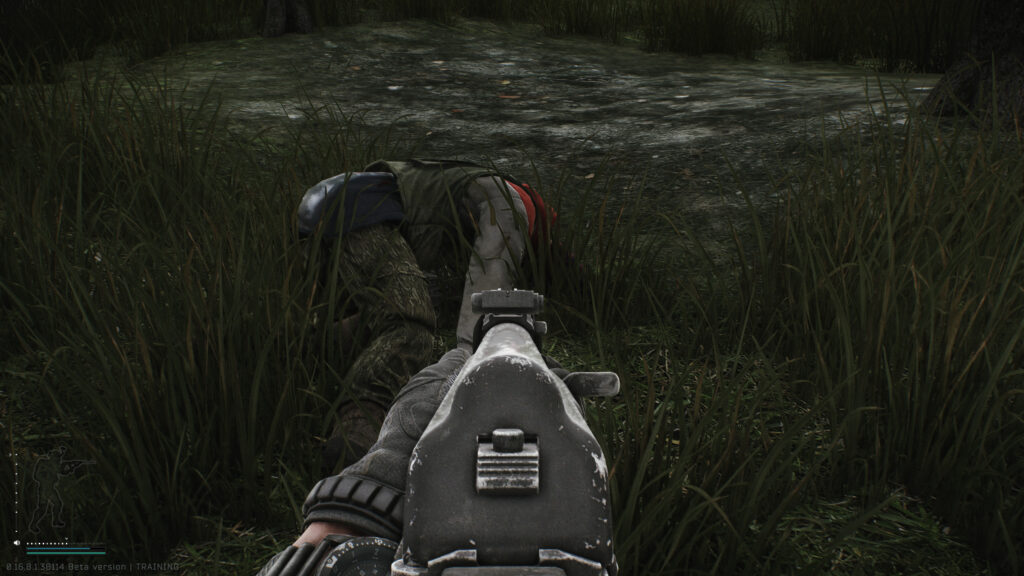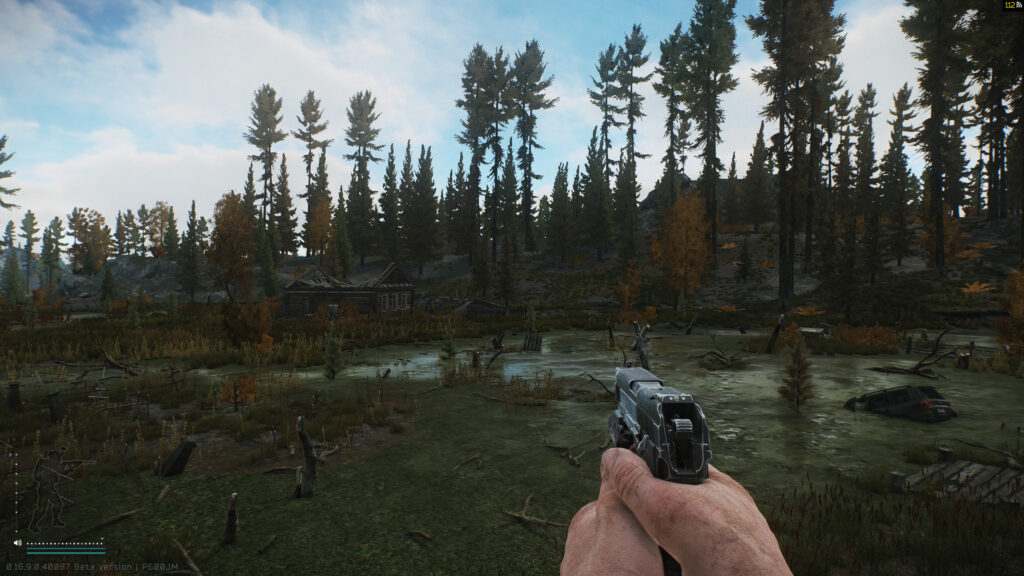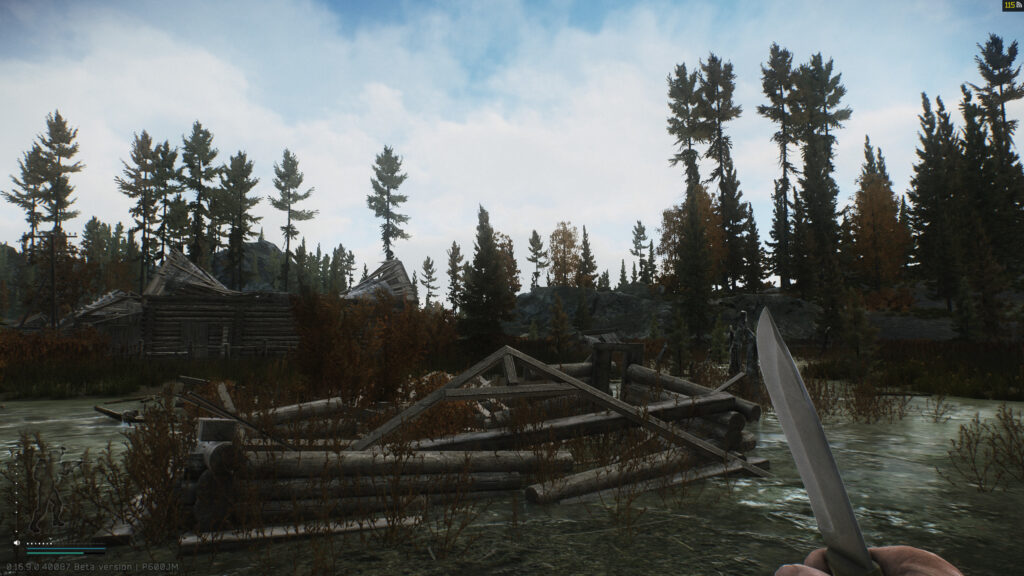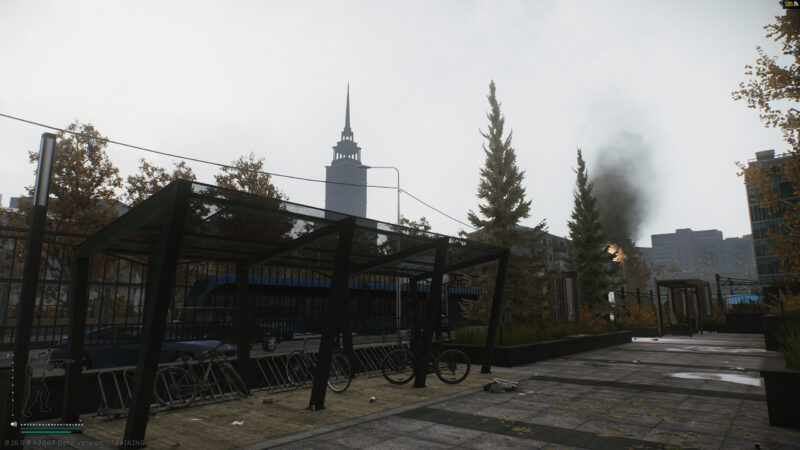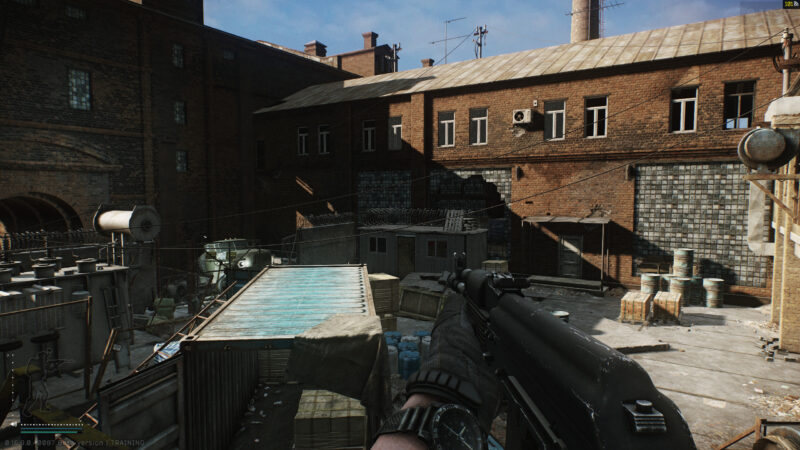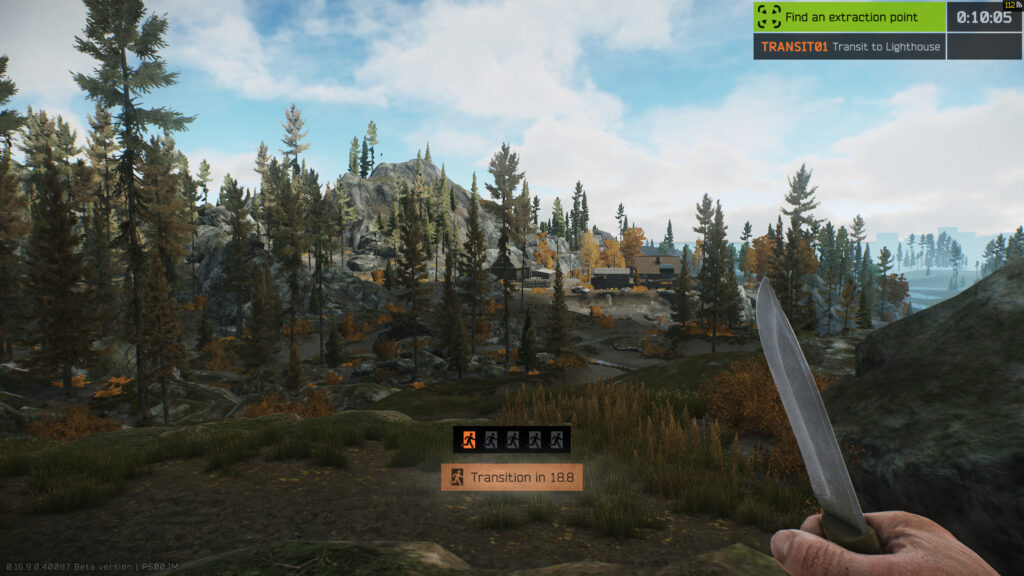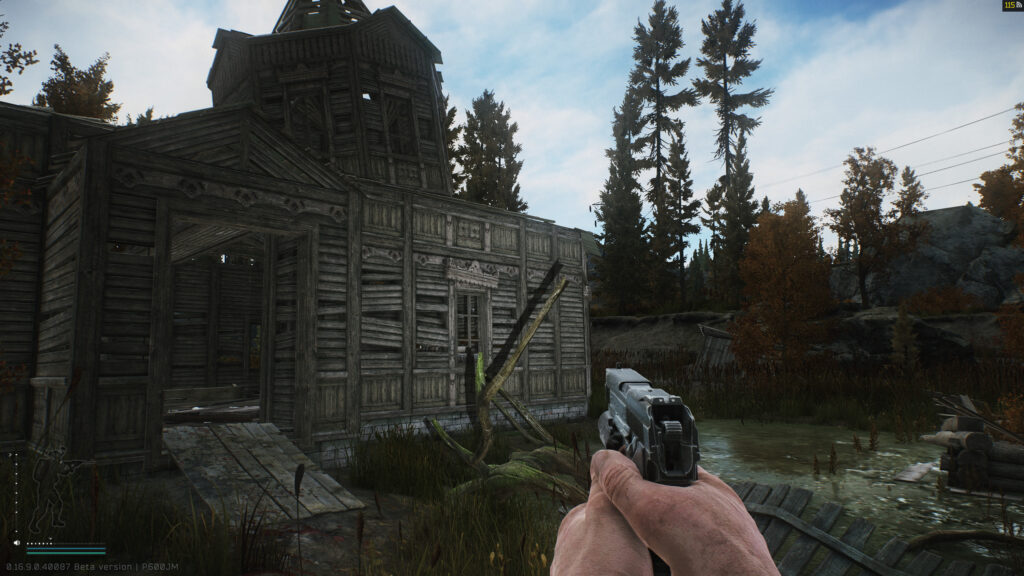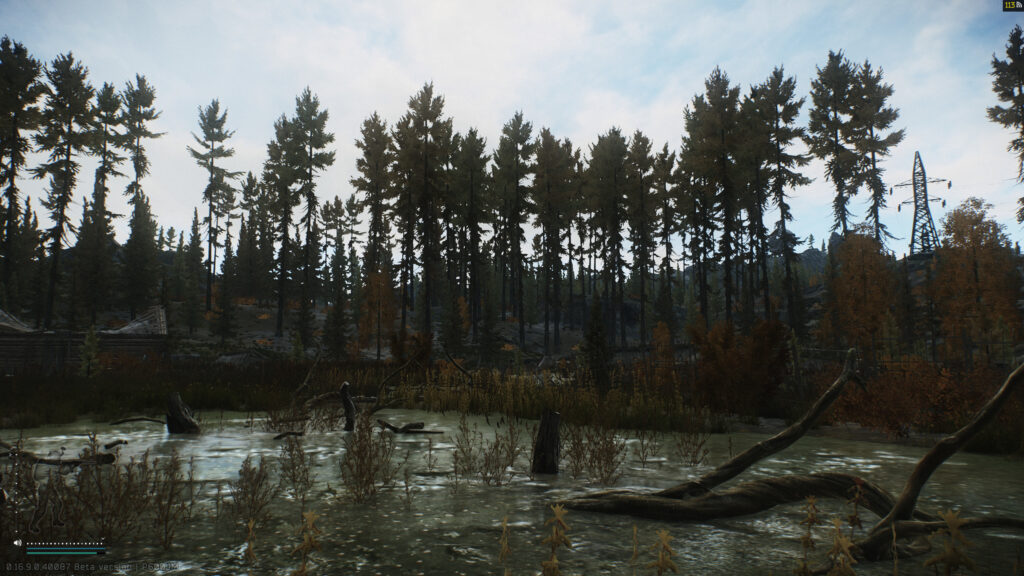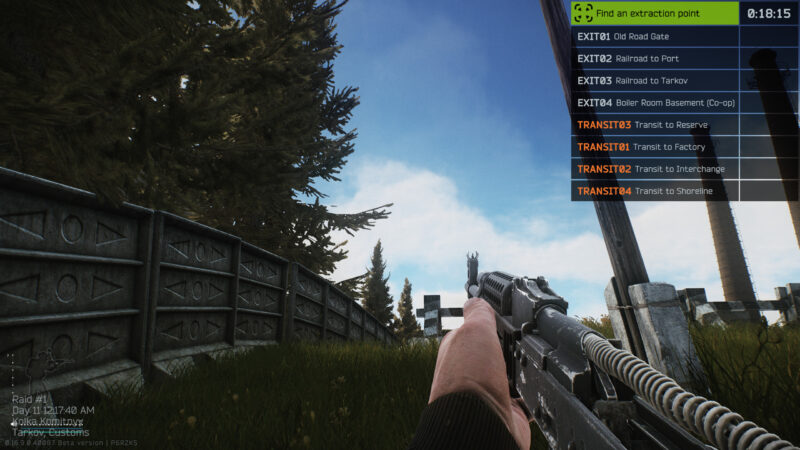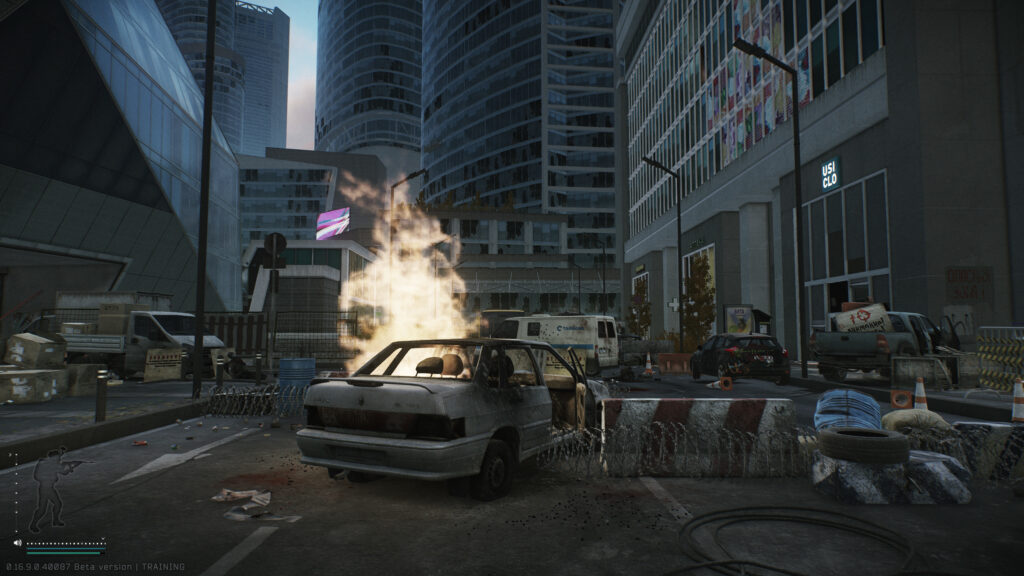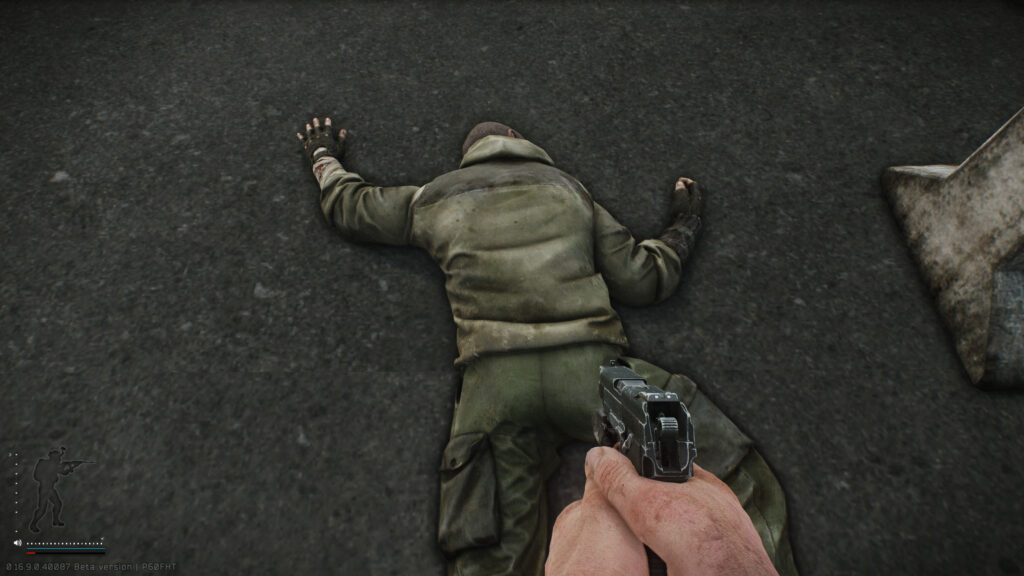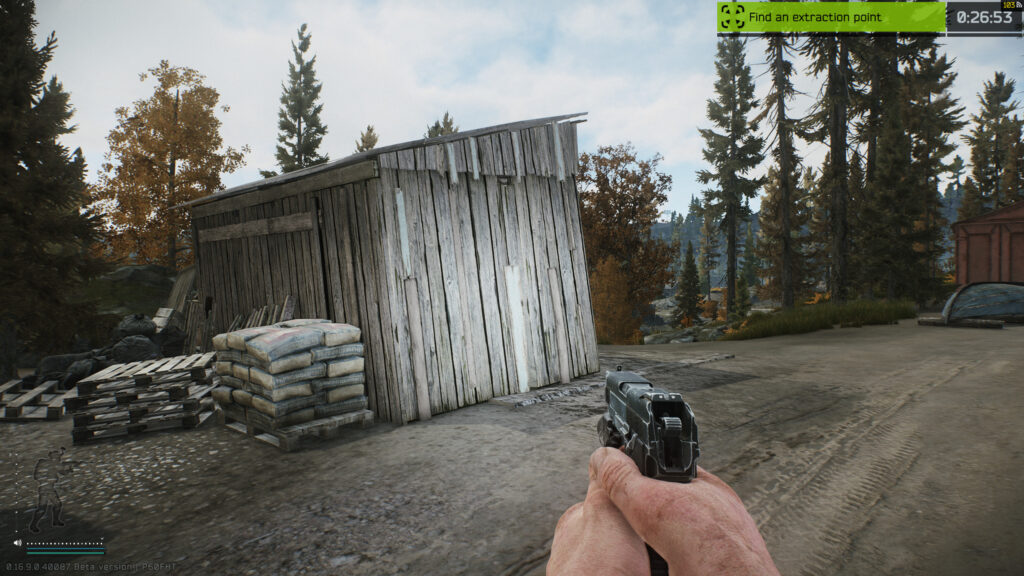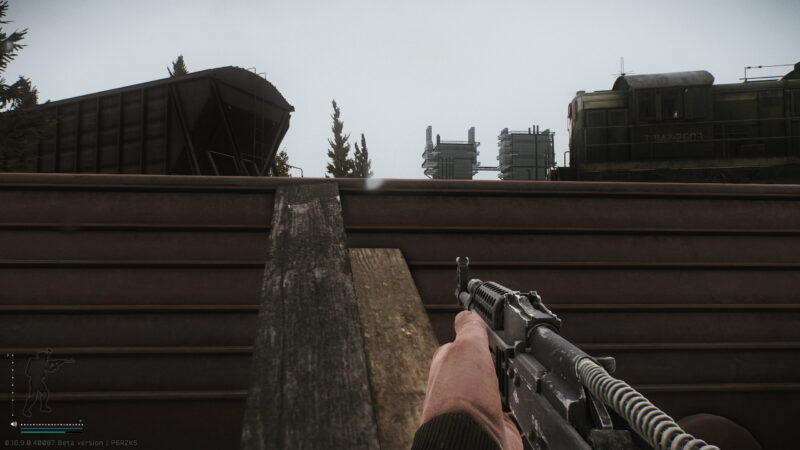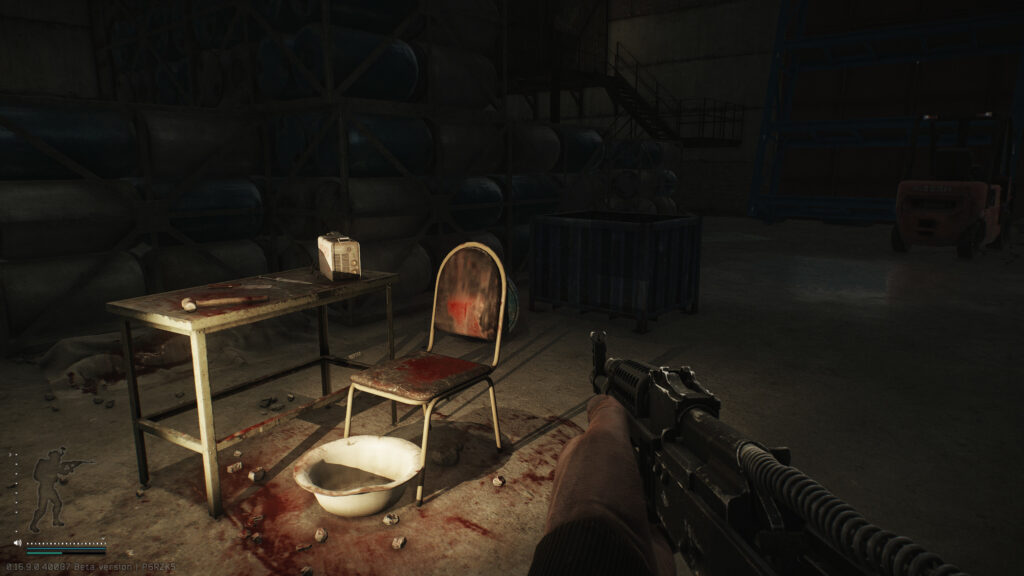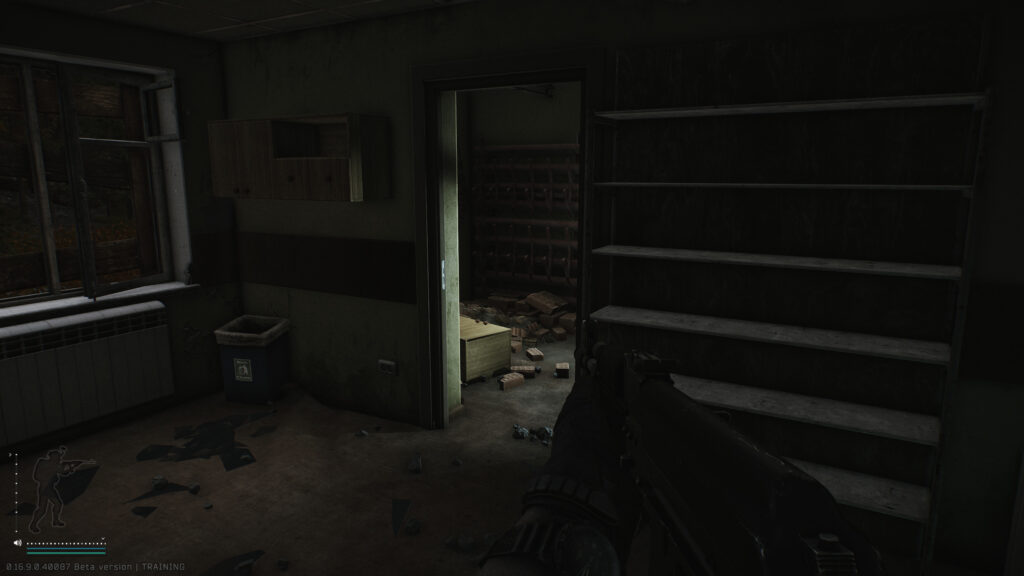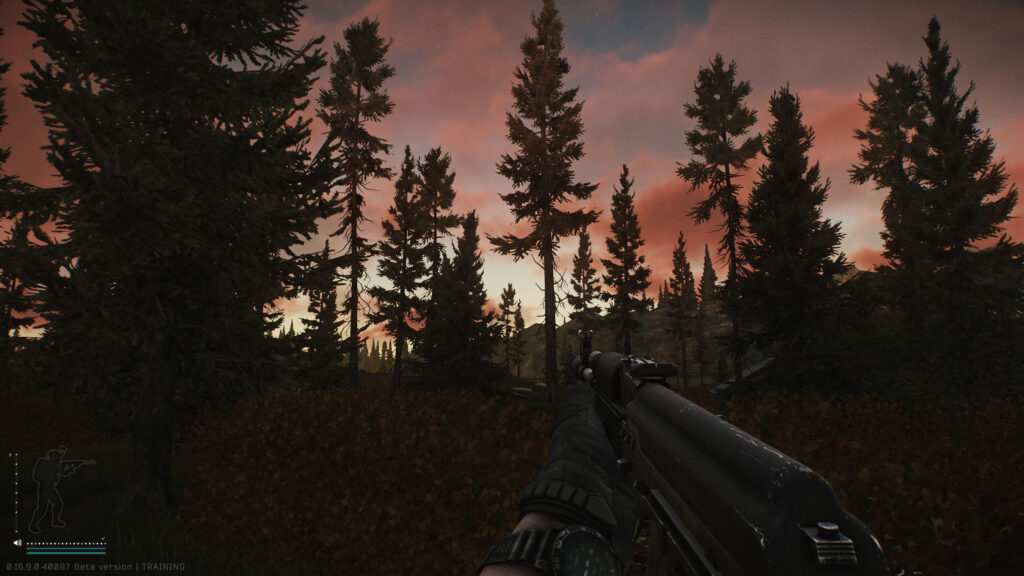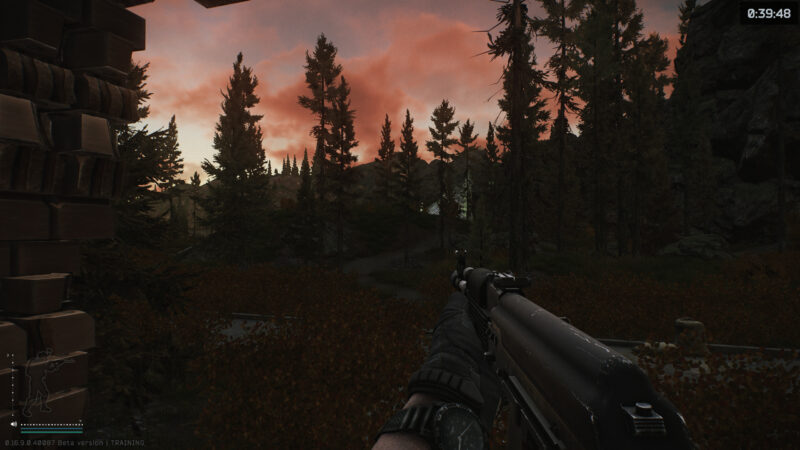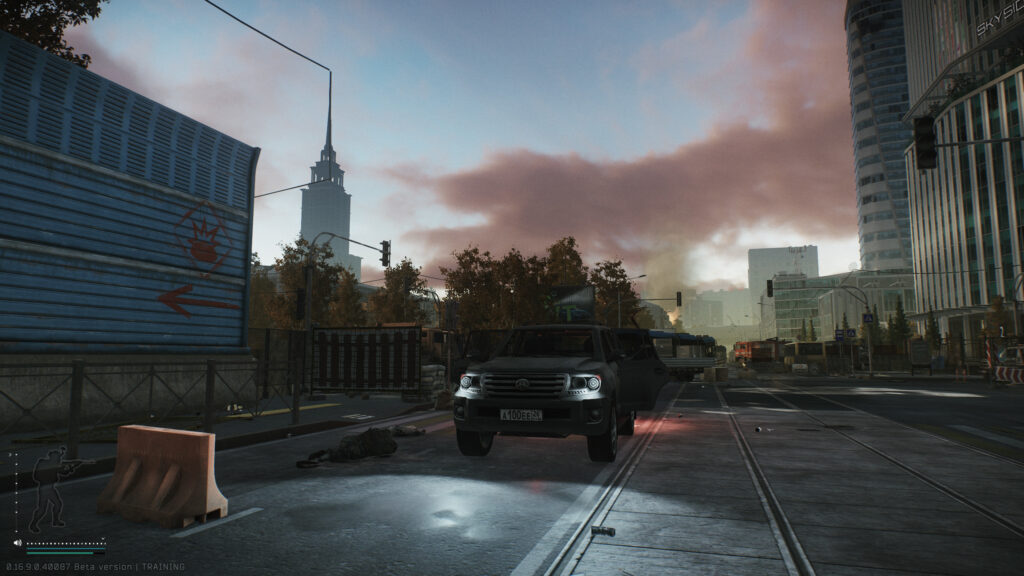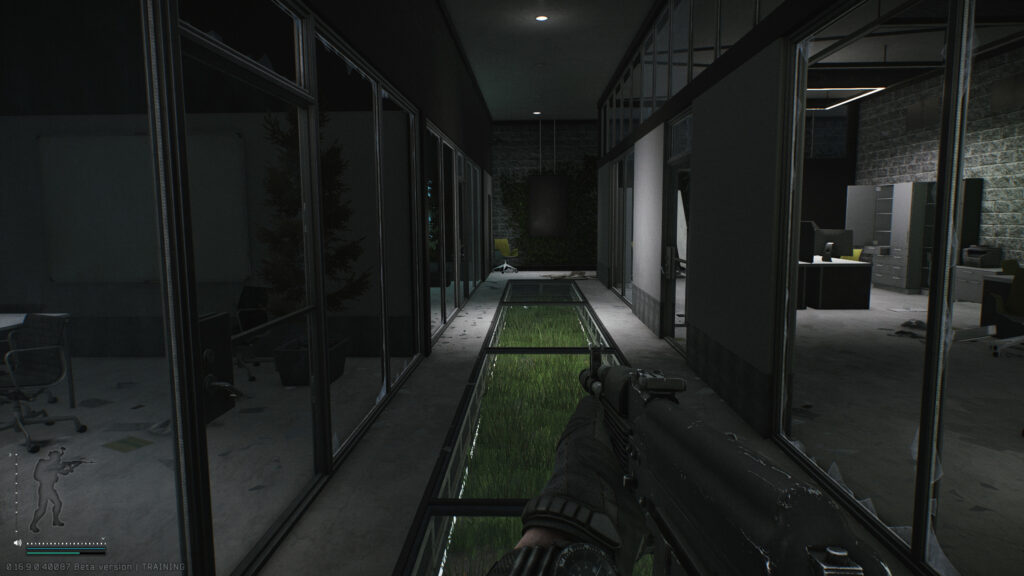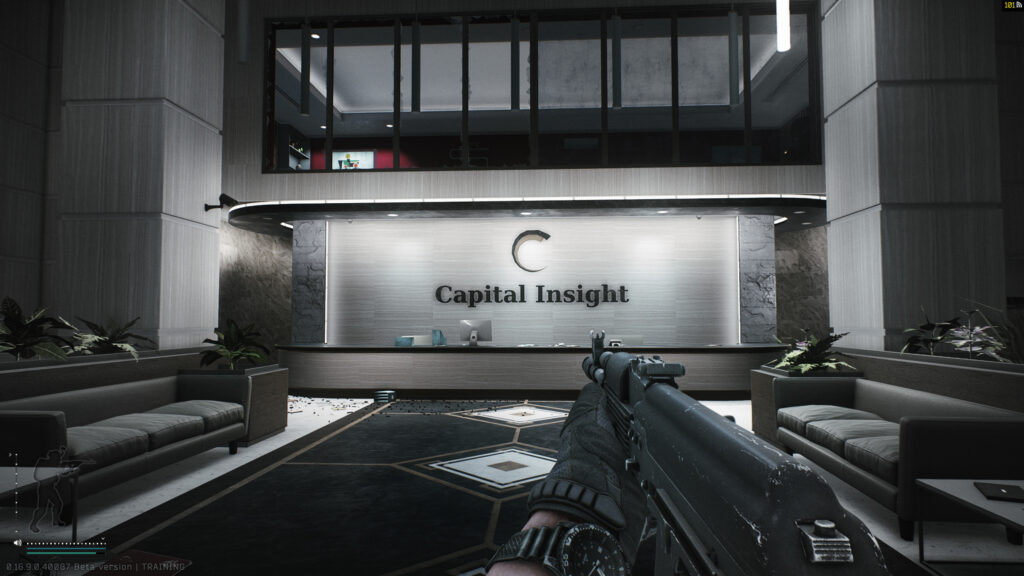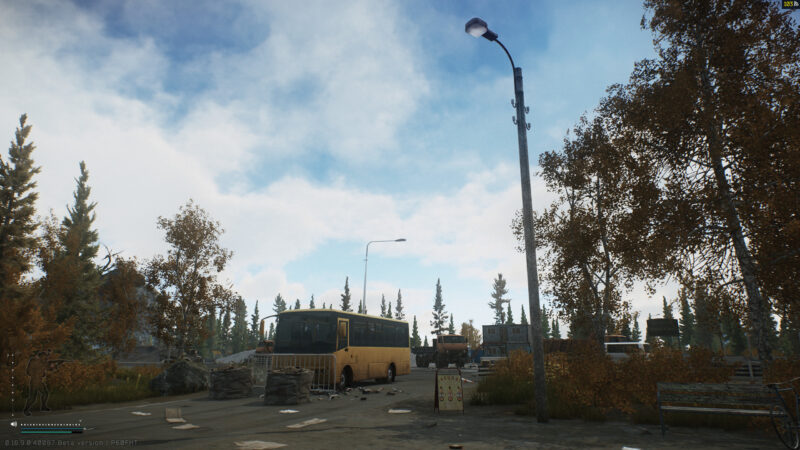The Darkness is one of the most mysterious and enigmatic forces in the Destiny universe. For years, players have been battling against the forces of Darkness without fully understanding its true nature or its ultimate goals. In Destiny 2, the Darkness has played a major role in shaping the narrative and driving the conflict between Light and Darkness. As the game continues to evolve, it’s clear that Bungie has only begun to explore the true depth of the Darkness and what it means for the Destiny universe. In this article, we’ll explore how Destiny 2 could expand on the Darkness as a cosmic threat and what it could mean for the future of the game.
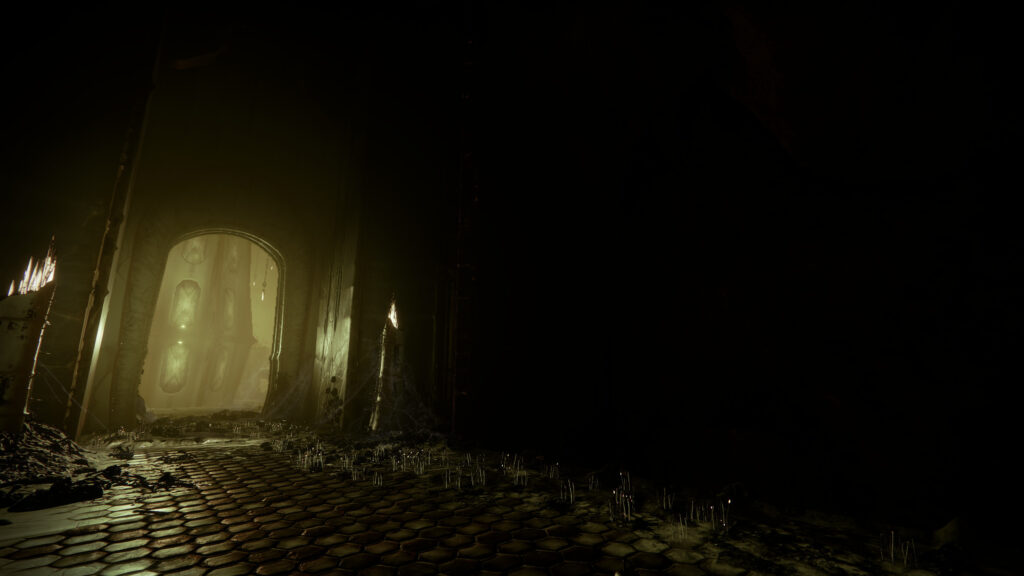
What We Know About the Darkness So Far
The Darkness has always been a looming presence in the Destiny universe, though its true nature has been shrouded in mystery. From the moment players first encountered the Taken in *Destiny: The Taken King*, it became clear that the Darkness was not just a metaphorical concept, but an active force within the universe. Over the years, players have learned that the Darkness is a cosmic entity, one that is diametrically opposed to the Light that powers the Guardians.
In *Destiny 2: Forsaken*, players faced the threat of the Taken, a race of corrupted entities that serve the Darkness. More recently, in *Beyond Light*, Guardians have learned that the Darkness can be wielded as a power source, allowing them to harness its abilities and use it against their enemies. This new connection between the Darkness and the Guardians hints at a deeper and more complex relationship between these two cosmic forces, one that will likely play a significant role in future expansions.
The Potential of Expanding the Darkness
As Destiny 2 continues to evolve, there’s a significant opportunity for Bungie to further explore the Darkness as a cosmic threat. While *Beyond Light* introduced the concept of wielding the Darkness, the full scope of its power and influence remains largely unexplored. One way Bungie could expand on the Darkness is by introducing new factions, entities, or even entire races that are aligned with the Darkness, similar to how the *Vex* and *Cabal* have been explored as antagonistic factions tied to the Light.
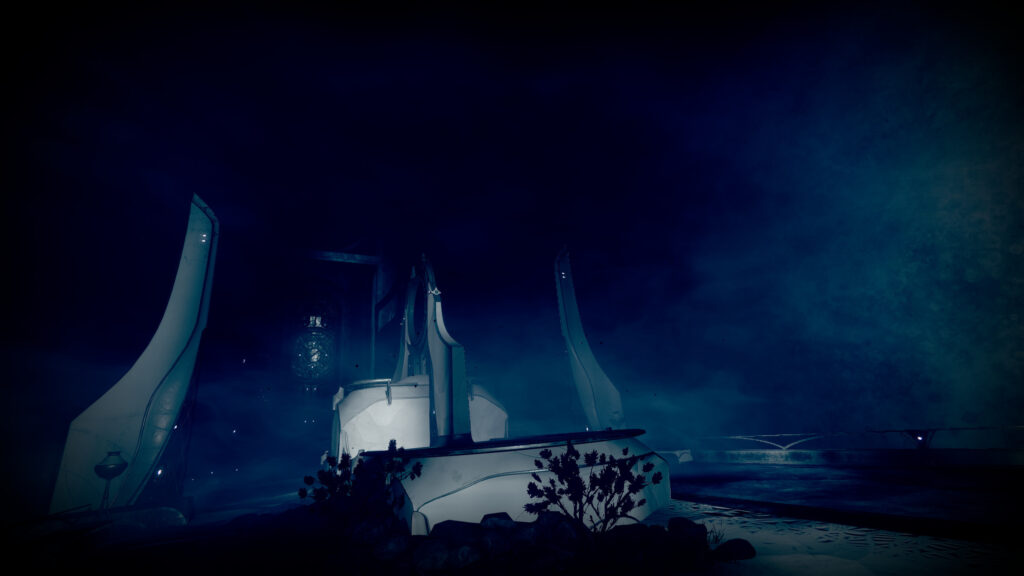
Expanding the Darkness could also involve revealing more about its origins and motivations. Is it truly evil, or is it simply a force of nature, like the Light? Is there a way for the Guardians to coexist with the Darkness, or must it always be a source of conflict? By answering these questions, Bungie can add layers of complexity to the story, creating new challenges and opportunities for players to engage with this mysterious force.
The Darkness and the Future of Destiny 2’s Story
As the Darkness continues to grow in importance, it’s likely that it will play an even more prominent role in Destiny 2’s future expansions. Bungie has already hinted that the story of the Darkness is far from over, and its eventual resolution could mark a significant turning point in the Destiny universe. Will the Guardians fully embrace the Darkness, or will they continue to fight against it? And what happens when the Light and Darkness are both wielded by the same entity?
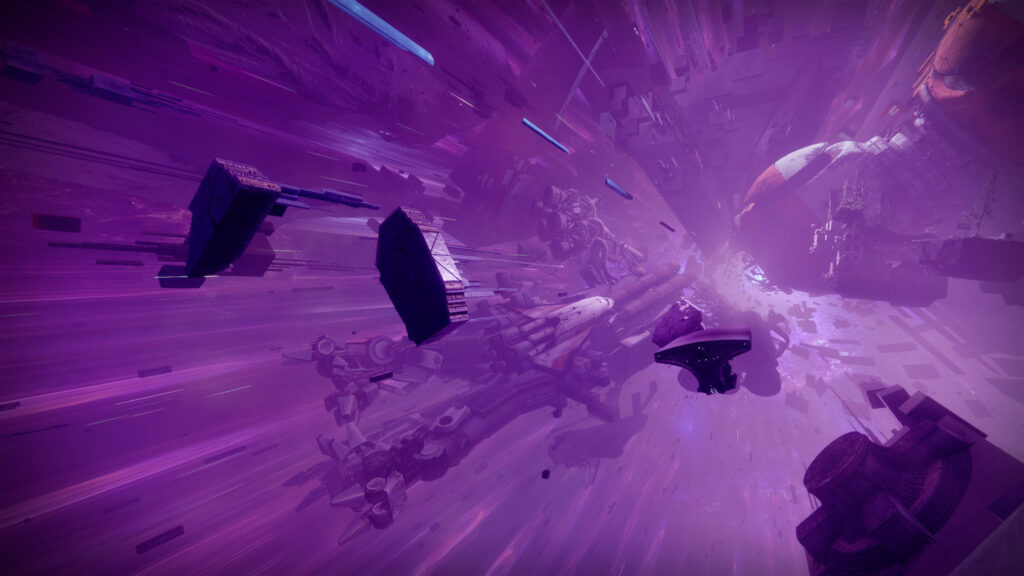
One possible direction for future expansions could involve a deeper exploration of the Darkness’ impact on the world. As players unlock more Darkness-based powers and abilities, they could uncover hidden truths about the forces they are harnessing. This could lead to moral dilemmas and tough choices about how far players are willing to go in their use of the Darkness. Will they be able to wield it responsibly, or will they succumb to its corrupting influence?
The Role of the Darkness in Shaping the Destiny 2 Universe
The Darkness has always been positioned as the ultimate antagonist in Destiny 2, but its role within the universe is much more complex. It’s not just an enemy to be vanquished but a force that shapes the very fabric of the Destiny universe. The Darkness is tied to the creation of powerful entities like the Taken, and its influence has extended to many of the game’s core factions, from the *Vex* to the *Hive* to the *Fallen*.
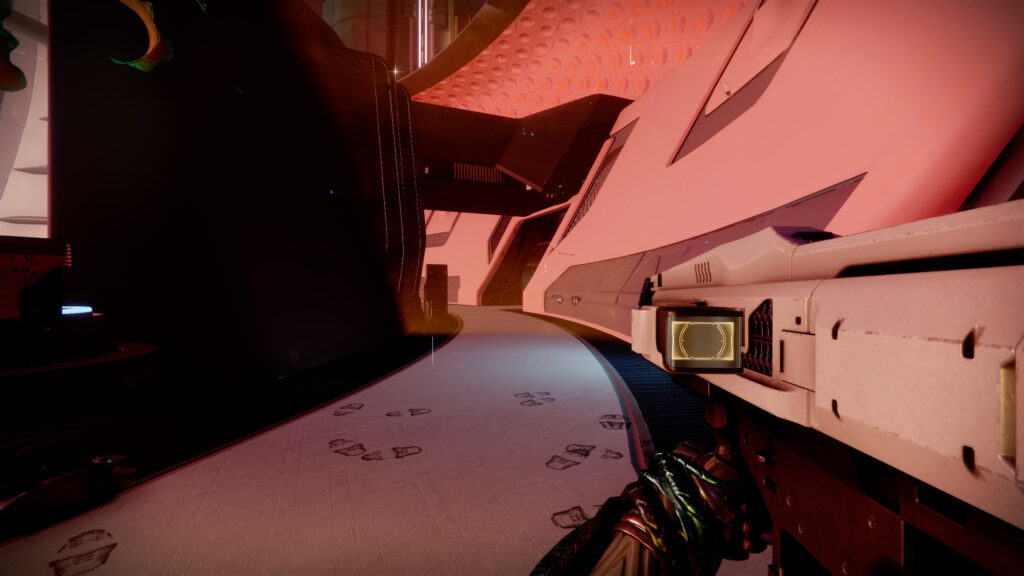
By expanding the lore of the Darkness, Bungie could create new storylines that delve into its history, its connection to other cosmic forces, and how it interacts with the Light. Whether it’s through the introduction of new enemies or the discovery of long-lost secrets, the Darkness has the potential to become a far more significant force within the Destiny 2 universe, one that could change the way players view the ongoing conflict between the Light and Darkness.
Conclusion: The Future of the Darkness in Destiny 2
The Darkness remains one of the most intriguing and unexplored aspects of the Destiny universe. As Destiny 2 continues to evolve, it’s clear that the Darkness will play a larger role in the game’s story. Whether it’s through the introduction of new factions, deeper lore, or more morally complex choices, Bungie has the opportunity to expand the Darkness in ways that will add depth to the game’s ongoing narrative. The future of Destiny 2’s story is tied to the Darkness, and its expansion will be one of the most exciting developments to look forward to in the game’s future.
